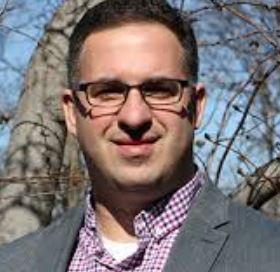-
What is dry needling in physical therapy?
I went to a physical therapist clinic and found out about a therapy called dry needling. What is this form of therapy?
8 Answers
It is a very precise way to release trigger point and also apply estim to areas you want to stimulate healing.
Dry needling is a technique used to treat dysfunction of skeletal muscle, trigger points and connective tissue to improve or regulate structural or functional damage. It’s not always indicated so be sure to check with your treating therapist. It’s great to see your interest!
This is a form of treatment to control pain and muscle spasm, it's not acupuncture.
Please click on the link below: https://www.northshore.org/healthy-you/difference-between-dry-needling--acupuncture/
Please visit www.rvaphysicaltherapy.com and look under dry needling section.
Check out this website for more info:
https://www.moveforwardpt.com/resources/detail/dry-needling-by-physical-therapist-what-you-should
By the APTA definition:
Dry needling is a skilled intervention that uses a thin filiform needle
to penetrate the skin and stimulate underlying myofascial trigger
points, muscular, and connective tissues for the management of neuromusculoskeletal pain and movement impairments. Dry needling
(DN) is a technique used to treat dysfunctions in skeletal muscle,
fascia, and connective tissue, and, diminish persistent peripheral nociceptive
input, and reduce or restore impairments of body structure and function leading to improved activity and participation.

Dry needling is a technique where a therapist attempts to reduce spasm of a muscle using a acupuncture needle. It's not acupunctures as we are not working on these magical "meridian pathways" and are treating muscle that we are very qualified to treat. That being said, I have taken courses and utilized the treatment, but the research questions in efficacy. I tend to use techniques that are less "aggressive" in a sense where I am not penetrating through the skin. Last resort and when presentation indicated, I would use dry needling. However, that being said, if you hate needles, then don't bother, you more than likely will not have a positive experience. This is where Therapeutic Pain Neuroscience comes into play.